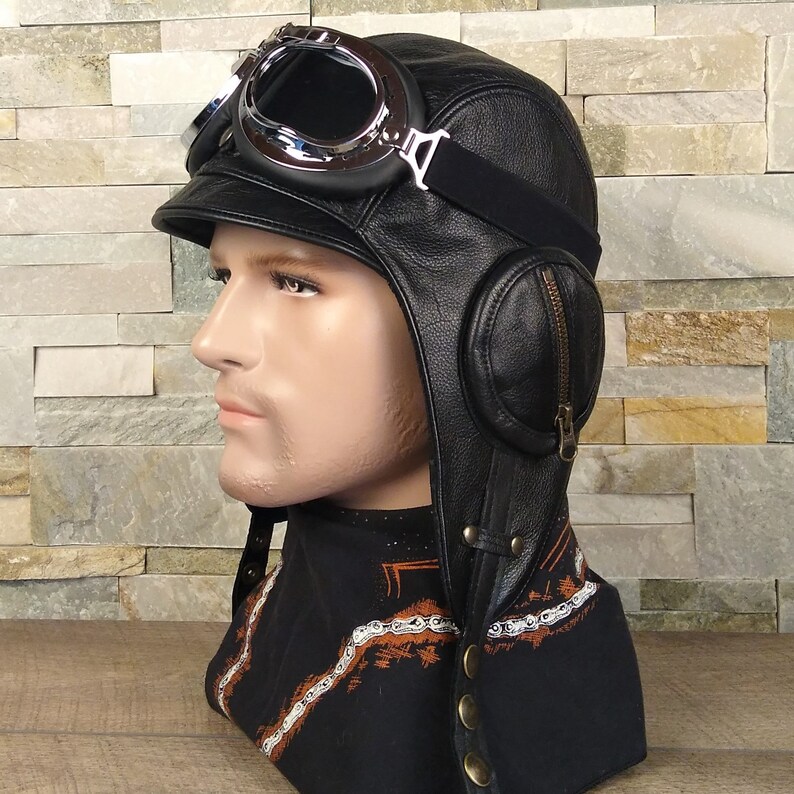

A VOR station emits two signals – one simultaneously in all directions (omnidirectional) and a second, rotating signal. The system includes a ground station, an antenna on the aircraft, and an instrument in the cockpit that interprets and displays the aircraft’s position in relation to the signals radiated from the VOR ground station. VORsĪ VOR, which stands for VHF omnidirectional range, is a type of radio navigation used frequently by pilots today. NDBs are becoming less and less common as GPS takes over as the popular method of navigating, but some pilots still use them. If a pilot wants to know where he is, he can point his aircraft in the direction of the needle and “follow” it directly to the station. The associated instrument in the cockpit includes an arrow that points in the direction of the NDB ground station, telling the pilot where he is in relation to the NDB station. The NDB signal, coupled with the automatic direction finder (ADF) equipment in the aircraft, will interpret the signal.


Non-directional beacons are radio beacons that transmit radio waves to a receiver in the aircraft. Used along with pilotage, dead reckoning is a simple and efficient way of determining position and maintaining a planned route. A pilot that is dead reckoning will calculate the time it should take between checkpoints on the ground if he flies at a specific airspeed. Dead Reckoningĭead reckoning is the process of navigating by calculating distance and time based on the groundspeed of the airplane. While pilotage is easy to do, it’s not the most efficient way of navigating, and is limited to VFR weather conditions, when the pilot has the ground in sight. Even at night, pilotage can be accomplished easily by finding city lights, highways and airports. Pilotage just means that a pilot looks out the window to find landmarks, such as cities, towers, rivers, lakes and mountains, and compares this with the printed sectional chart he has on hand. This is because it’s the easy and it’s foolproof. Pilotage is one of the first navigation techniques taught to new pilots. Finally, navigation was made even easier and more efficient with the introduction of the Global Positioning System, or GPS. The advancement of these modern navigational aids meant that pilots had the ability to navigate at higher altitudes, through and over clouds, and without tracking roads or landmarks. Coupled with improvements in flight instruments, the introduction of radio navigational aids such as VORs meant that pilots could fly without visual references on the ground. These bonfires and arrows were used in conjunction with pilotage and dead reckoning, and were followed by more advanced radio navigation systems. And to help the same airmail pilots during the day, oversized concrete arrows were placed on the ground and were visible to pilots in the air, literally pointing the way. airmail carriers flew, pilots would navigate at night with the aid of bonfires strategically placed on the ground. In the early days, pilots had to navigate by looking out the window and finding visual landmarks, or by celestial navigation. But how did pilots find their way before GPS? And which navigation systems are still in use? In the past few years, GPS has become a primary method of navigating for pilots.


 0 kommentar(er)
0 kommentar(er)
